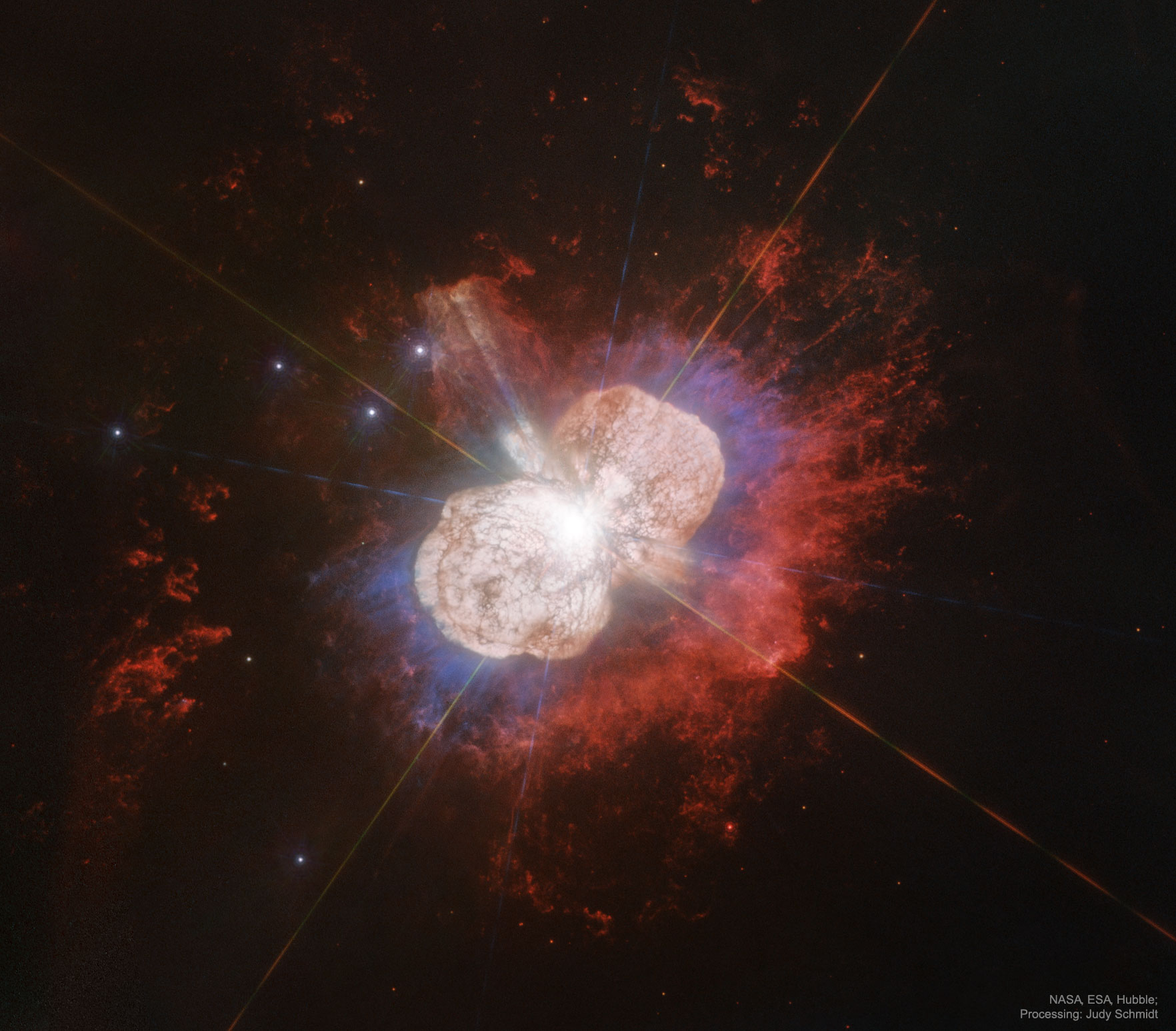this post was submitted on 10 Jul 2023
141 points (100.0% liked)
SpacePics
1184 readers
1 users here now
A community dedicated to sharing high quality images of space and the cosmos
Rules:
-
Include some context in the title (such as the name of the astronomical object or location where it was photographed)
-
Only images, pictures, collages, albums, and gifs are allowed. Please link images from high quality sources (Imgur, NASA, ESA, Flickr, 500px , etc.) Videos, interactive images/websites, memes, and articles are not allowed
-
Only submit images related to space. This may include pictures of space, artwork of space, photoshopped images of space, simulations, artist's depictions, satellite images of Earth, or other related images
-
Be civil to one another
founded 2 years ago
MODERATORS
you are viewing a single comment's thread
view the rest of the comments
view the rest of the comments

Sometimes I stare at it for a while hoping it'll blow while I'm looking.
A half hour while you watch is about as likely as any other half hour, I think - the chance will increase over time, but not on human lifescales.
Supernova core collapse is about a quarter of the speed of light, and Betelgeuse reaches out to about Jupiter's orbit, which is about three-quarters of a light hour away from the sun? So we'd expect the core collapse take about three hours. Might need an astrophysicist to correct me - if it's half the diameter, then the volume will have reduced eight times and the visible circle four times, so the heat should have doubled and it'll be much brighter? Might be able to get an early warning on that; telescopes will be much more sensitive than our eyes, so we'll know to drag a chair outside and keep our eyes on Orion.
I think they used to do this, but Betelgeuse has these weird periods where it changes its form rather rapidly. I would have to look into it again, but I think they decided that transition between fusion cycles isn't static (H-He -> CNO and back sort of thing)